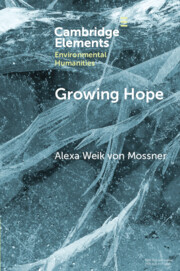Many urban agriculture programs, and the organizations that run them, require substantial resources to remain viable and provide the multifunctional benefits that practitioners and supporters hope to achieve. As urban agriculture activity expands, practitioners and supporters face significant challenges, including how to match resources to the needs of practitioners and expectations of municipalities, and how to distribute those resources effectively and equitably so that communities, and the city as a whole, capture the benefits of these projects. This is particularly important as cities face increasing pressure to reduce costs and maximize the return on public expenditures. A 2-year study called Five Borough Farm documented the goals and objectives of urban agriculture projects in New York City and the resources for their success. The data showed that resource needs go beyond the material and financial needs discussed in the urban agriculture literature (e.g., land, soil, money). Interviews documented that urban agriculture projects have broader goals than merely producing food, and that attaining these goals (e.g., environmental improvements, community development, social justice) requires the support of government and networks of practitioners, non-profit organizations and philanthropies. Moreover, interviewee comments suggested that significant disparities in access to resources make the urban agriculture system in New York unequal and constrain the efforts of some farms and gardens. This paper, based on the Five Borough Farm research, examines the resource needs of urban agriculture operations in terms of farm and garden viability and equity among practitioners. It describes the goals, expectations and resource needs of New York City urban agriculture from the perspectives of farmers and gardeners, and from the views of city officials, funders and supporting non-profits. It discusses the need for attention to the political and social structures that create disparity and precariousness to ensure a sustainable and just urban agricultural system, in addition to the financial and technical assistance resources that enable farmers and gardeners to produce food. The paper concludes with recommended strategies to align resource needs and urban agriculture goals and expectations in New York and other cities.


